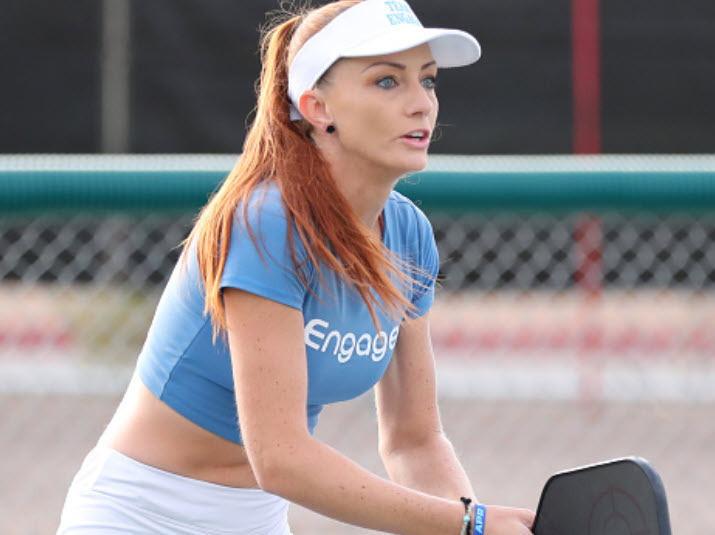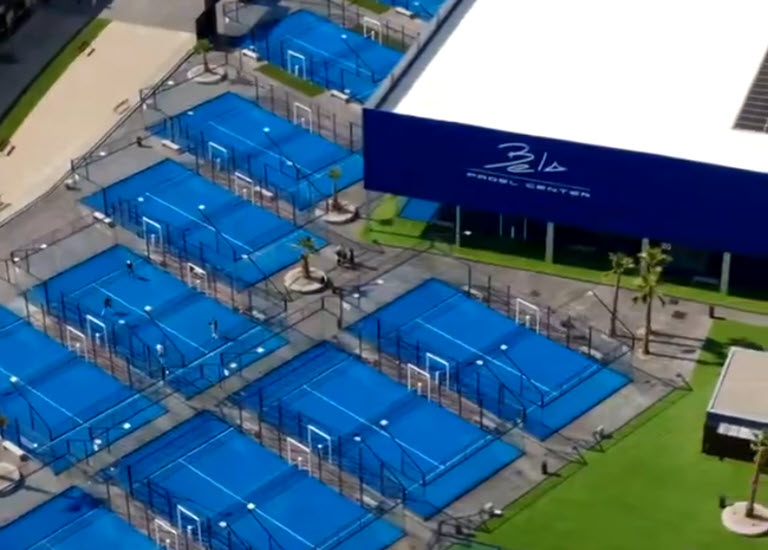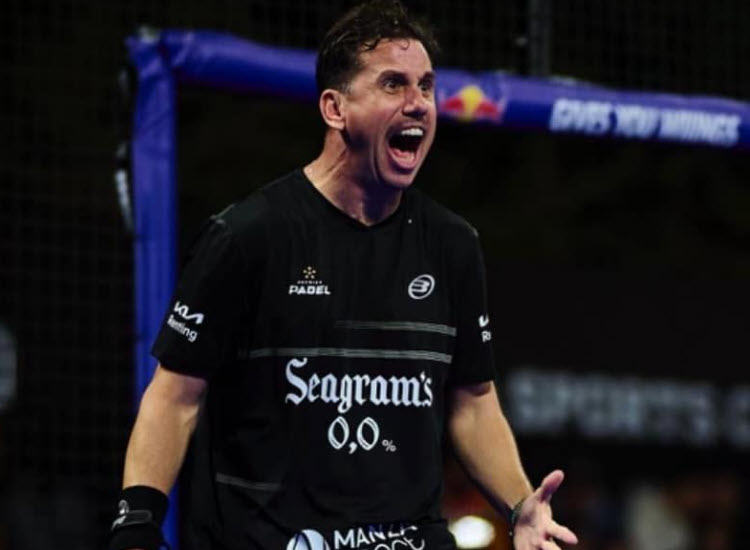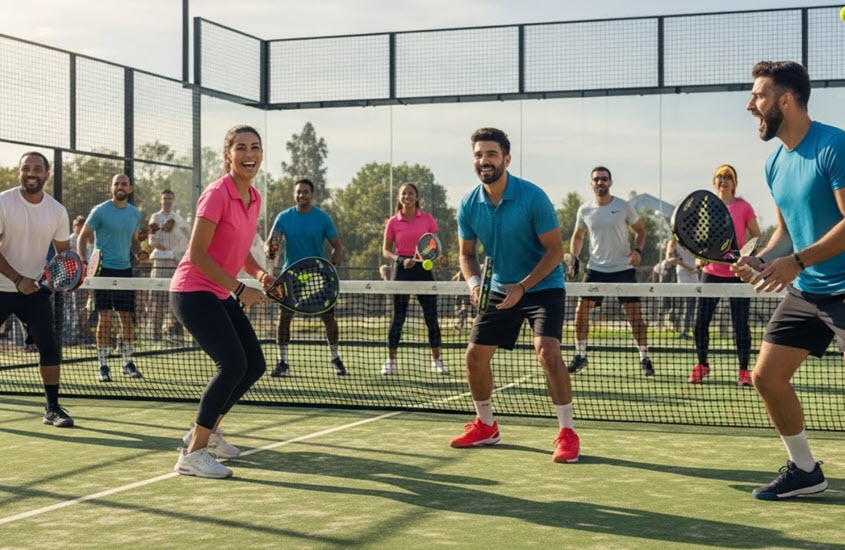
In the early stages of the Covid-19 pandemic, pickleball—a recreational racquet sport that combines tennis, ping-pong, and badminton—became a national obsession. The popularity of the sport can be attributed to its social aspects, ease of learning, and portability. The game is typically easier to play than other racquet sports because nets can be set up on any hard surface.
Pickleball Rules
These are the main rules.
The ball must remain inside the lines.
The ball must always remain in bounds to be in play in the majority of sports played on a field or court. This means that when pickleball is in play, it must remain inside the white lines on either side of the court.
Similar to ping pong, you forfeit your serve and hand the ball to the opposing team if you accidentally hit the ball out of bounds. This disadvantages your team and may affect the outcome of the game.
The ball must bounce during the serve and return in pickleball, so on the plus side, if the ball goes “out” on your serve you have a better chance of returning your opponent’s serve “at net”
The baseline is the proper place to serve.
The serve must be made at the baseline, though, as this is crucial with one foot behind it. A coin flip will be used to decide who serves, though a random number generator may also be used.
Additionally, the ball must be held below the waist and served underhand diagonally to the opposing side. If any of these rules are broken, it will be considered a fault and the serve will go to your teammate or, if you are playing singles, the other side directly.
KITCHEN LINE. Prohibits landing the serve in the no-volley area.
Anywhere inside the lined box that is 7 feet from the net is considered this zone. Both ends of the court are designated as no-volley zones. The no-volley zone is sometimes referred to as the “kitchen line,” and players will often say, “Stay out of the kitchen.”
If your ball touches the no-volley zone on a serve, the serve will be lost; make sure your serve goes beyond it. However, you might accidentally drop the ball after the serve (this is referred to as a “drop-shot”).
Each side should receive one bounce.
The ball is returned to the opposing team if you allow it to bounce twice in your direction. It may only bounce once on your side when you serve or return to the other side. If the ball bounces more than once, your serve is over (or goes out of bounds). Allow the ball to bounce once before bouncing it back to the opposite side.
The two-bounce rule is then complete, and either side may play the ball in the air or allow it to bounce forward on that turn after the ball has been returned after a single bounce by the server and after a single bounce by the other side.
Game over at 11 or 15 points
Pickleball matches typically end with 11 points. But just like in tennis and volleyball, the victorious team must win by at least two points. So the game will continue even if you are at 11 and the opposing team gets 10. This indicates that 12 is the next point at which the game may end. Some games automatically advance to 15, but they still need to win by at least two points.
When the first team scores six points in a game to 11, the teams switch sides of the court. At 8 points if you play to 21, you’ll switch.












